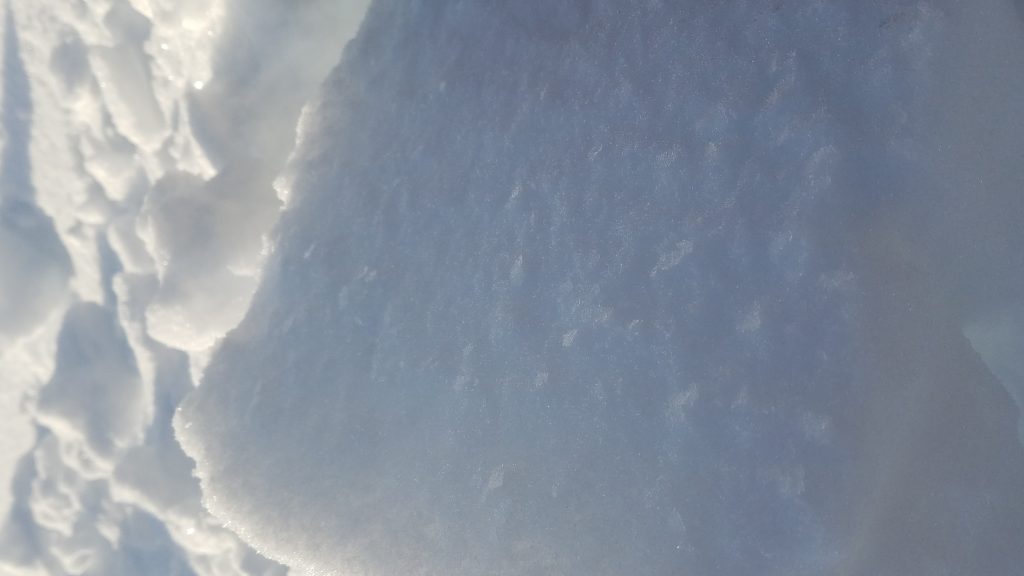Persistent Slabs: Triggering a slab avalanche 1-2+ feet thick remains our main concern. There has been mostly quiet weather and lack of people triggering avalanches over the past week. The persistent slabs are becoming more difficult to trigger with time, but a large and unmanageable avalanche is still possible. Weak layers in the snowpack below your feet or snowmachine should not be forgotten. The January 21st layer of buried surface hoar with weak facets directly below sit 1-2′ deep in the snowpack. This weak snow continues to show signs of reactivity. Red flags may not be present before a slope releases and it may not be the first person on the slope that triggers the avalanche. The most likely place to find this avalanche problem are slopes that have not seen significant traffic this season.
Sunshine: It’s that time of year when we need to pay attention to the sun. On calm days the sun can heat up Southerly aspects enough to melt surface snow. This heating can also cause a slab sitting on a weak layer to become more reactive. Keep this in mind if you are enjoying Southerly aspects later in the day.
Wind Slabs: Watch for old wind slabs that could pop out on steep slopes. Steep rocky terrain where the slab is not supported from below are the most suspect. These hard slabs often break when you are out onto them.
Cornices: Avoid traveling under cornices and give them a wide berth on ridges as they can break back further than expected.
Snowpit from Eddies yesterday showing the January 21st layer of concern 
January 21st buried surface hoar in Eddies snowpit at 2400′



